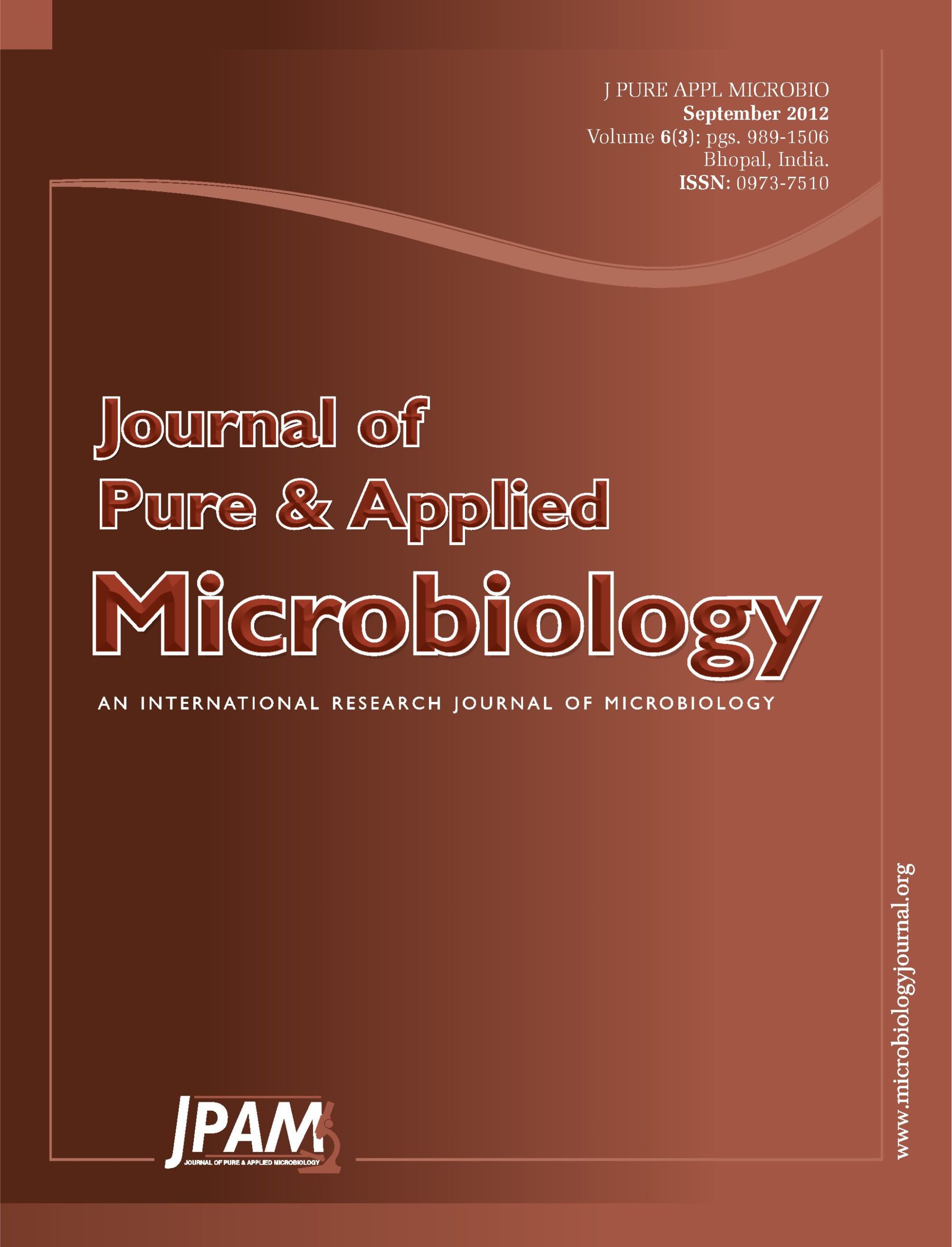Polypore fungi are characterized by the presence of pores instead of the gills on the lower side of the fruiting body. Genus Ganoderma is one of the polypore fungi. Species within this genus possess high resemblance making, thus species level identification is very challenging. The objective of this study was to determine the genetic diversity among Ganoderma species in the north-eastern part of Namibia. The study was carried out in two regions; Kavango and Caprivi. A total of 89Ganoderma samples were used for PCR amplification. DNA extraction was done using Zymo Research (ZR) Bacterial/Fungal DNA kit. The genetic diversity was determined by using three different random amplified microsatellites primers. Shannon-Weiner Index of diversity, Cluster Analysis (CA) and Principal Coordinate of Analysis (PCoA) were the three numerical classification methods used to analyze RAMS data. All methods revealed existence of high genetic variation among Ganoderma isolates in the north-eastern parts of Namibia. CA exhibited 10 different clusters using 3 primers combination, while the first two principal coordinates of PCoA indicated Eigen values of 63.42 and 46.45 with a total variation of 12.20% and 8.93%. Shannon-Weiner Index of diversity indicated 2.16 total genetic diversity for Ganoderma in the north eastern parts of Namibia. Lastly high genetic diversity of Ganoderma can be explained by various factors including sexual reproduction host specificity, adaptation to different environmental conditions and gene transfer between pathogens and hosts.
Ganoderma, genetic diversity, Namibia, RAMS
© The Author(s) 2012. Open Access. This article is distributed under the terms of the Creative Commons Attribution 4.0 International License which permits unrestricted use, sharing, distribution, and reproduction in any medium, provided you give appropriate credit to the original author(s) and the source, provide a link to the Creative Commons license, and indicate if changes were made.


